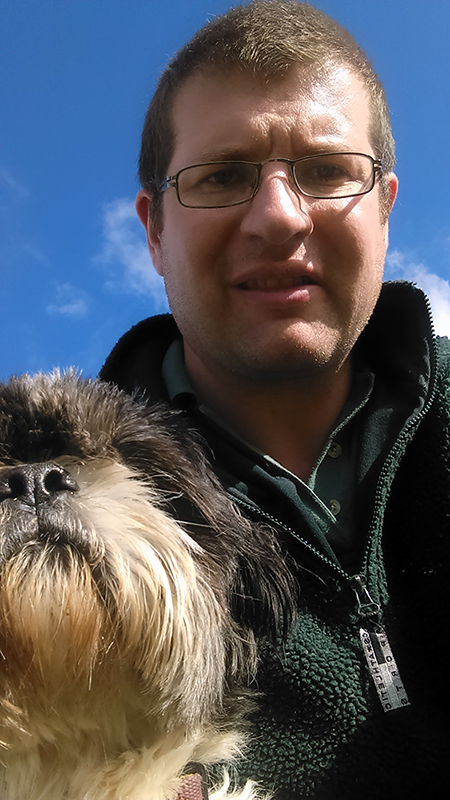May 2021
Imagine that leaving your home was to run the gauntlet and to risk being hunted by alien predators akin to giant wasps, which if they catch you, will chop you up and feed you to their children. That’s not just a gory fiction, it could become a reality if you’re a pollinating insect in Britain. The aliens in question are yellow-legged hornets, commonly called Asian hornets Vespa velutina. This would be really bad news in itself, but the difficulties facing pollinators and insects in general are already multitudinous and the hornets, if they were to become established here, could be a horrific addition.
Of course this non-native species has particularly alarming characteristics and just because something arrives at these shores from outside doesn’t automatically mean that it is about to inflict terror on the existing inhabitants. In fact much of our loved wildlife arrived here relatively recently. The collared dove Streptopelia decaocto, for example, has only been breeding in the UK since the 1950s but peacefully coexists with humans and native wildlife, no doubt becoming one of the first ticks on many a young ornithologist’s life-list. The earliest record on the NBN Atlas of the tree bumblebee Bombus hypnorum is from 2006 and so far as we can tell these critters have had no negative effects on existing wildlife whilst happily offering their services as pollinators.
Even without human factors species would still be constantly moving from one part of the world to another. But with things such as climate change, the global trade network and so on, the rate of movement is greatly increased. Not only that, but species are travelling much further than they would naturally be capable of. This increases the risk of potentially harmful organisms arriving.
We can do a lot to prevent harm though. Citizens can play an extremely important role in spotting and reporting invasive non-native species (INNS), helping authorities to prevent their establishment and helping to mitigate the spread of those which already have a foothold. For Great Britain, the GB Non-Native Species Secretariat keeps a list of alert species and routes by which you can submit sightings of the most critically important invasive plants and animals at risk of colonising. In Northern Ireland, this role is performed by Invasive Species Ireland.
And what about those harmful species already established and spreading? Is it too late to worry about those? No it, certainly not. In fact any species that can be identified can be recorded and records of all species, whether they are native, naturalised non-natives or INNS, are extremely useful in creating an accurate picture of the biodiversity in the UK. This picture is important when, say, planning the conservation or reintroduction of a native species - where up to date information on the extent of its habitat is required, alongside information on the current range of competing non-native species. Contact your Local Environmental Records Centre to find out more about identifying and recording INNS and other species in your area.
The government has just announced that there is to be a target to halt nature’s decline by 2030 in the Environment Bill. How will we know whether this is being achieved? How will we monitor its progress and keep an eye on potential threats such as INNS? There must be a very big role for amateur naturalists, citizen scientists, professional ecologists - the community of people who record the nature that they see, hear and sometimes even smell. In fact biodiversity records are constantly being produced by the community with an estimated 70 000 people engaging in some form of wildlife recording in any given year (Pocock et al 2015). The data they have provided for generations have always been of value, but as the country develops more concrete plans for restoring nature, their value has to be realised more and more.
How species data reach decision makers and how they can be used and reused effectively and efficiently is an important question addressed by a report commissioned by the Geospatial Commission, which was published this week. Have a look out for this. If the recommendations in the report are implemented, we can look forward to a stronger infrastructure supporting the flow of data to where they’re needed.
Tom Hunt is National Coordinator at ALERC.
Follow: @_ALERC_ and @ALERC_NC
The opinions expressed in this blog are the author's and not necessarily those of the wider Link membership.




Latest Blog Posts